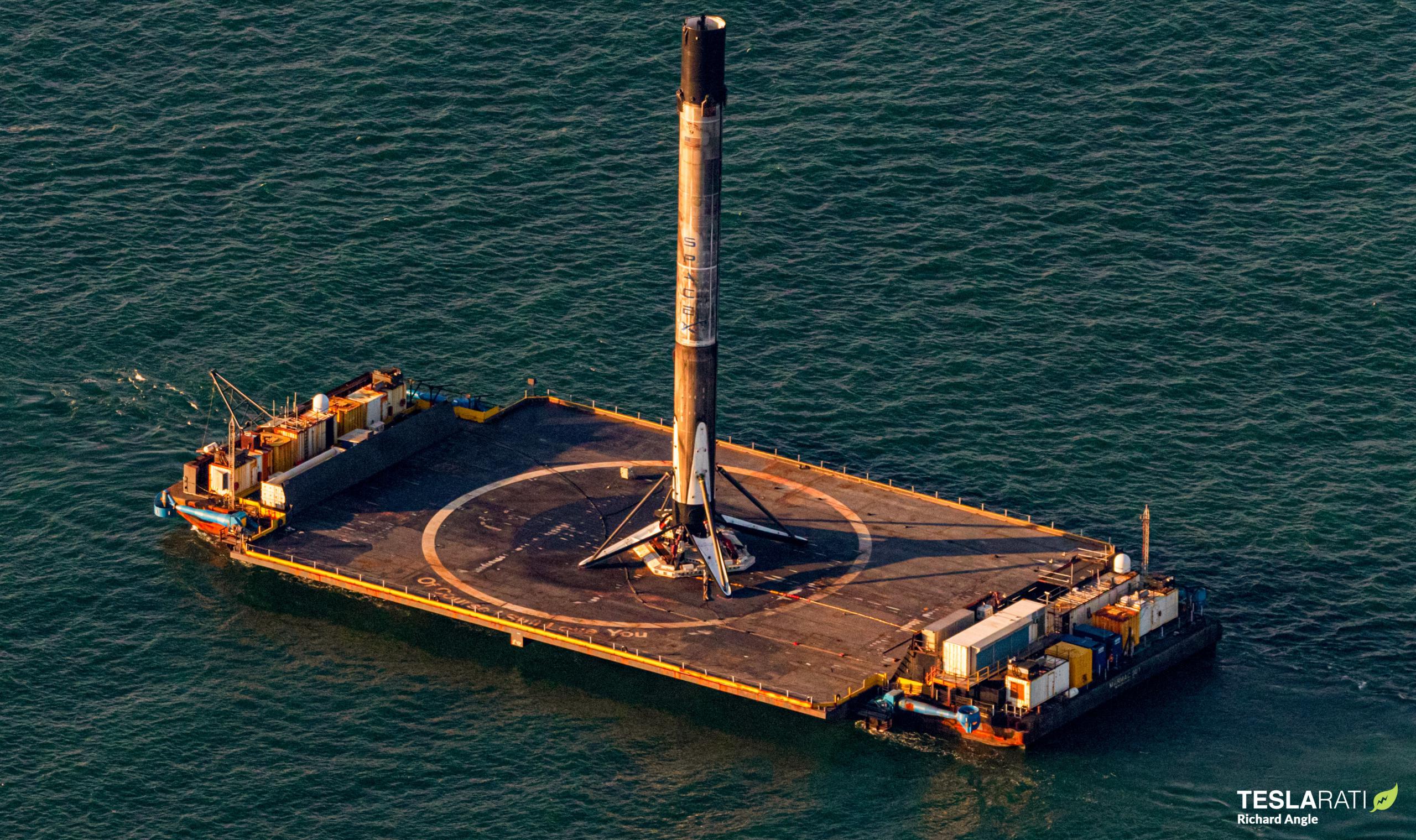
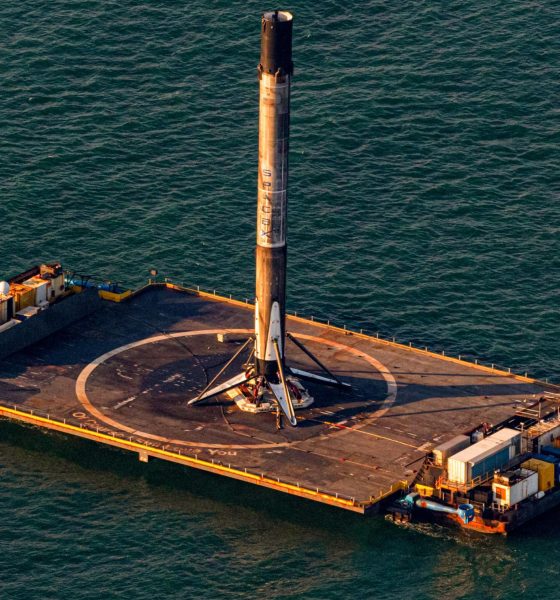
News
SpaceX Falcon 9 booster and first thrice-flown fairing return to port [photos]
In a period of just 12 hours last Friday, SpaceX successfully returned Falcon 9 booster B1058 and two payload fairing halves to Port Canaveral and a photographer-laden helicopter was airborne to capture it.
With its safe return to dry land, fairing recovery ship GO Ms. Tree’s bullseye catch of an already twice-flown fairing all but guarantees that the record-breaking payload fairing will have a chance to launch a fourth time in the near future. Meanwhile, Falcon 9 booster B1058 – the first US-built rocket to launch US astronauts since June 2011 – will soon be well on its way to its own fourth flight, likely for one of several dozen Starlink missions SpaceX aims to launch in the next ~15 months.
Aside from placing what CEO Elon Musk says is the last batch of satellites needed to kick off the Starlink internet network’s first public beta tests, the Starlink-12 mission was SpaceX’s 17th this year, leaving the company on track to beat its annual launch record by at least a small margin.
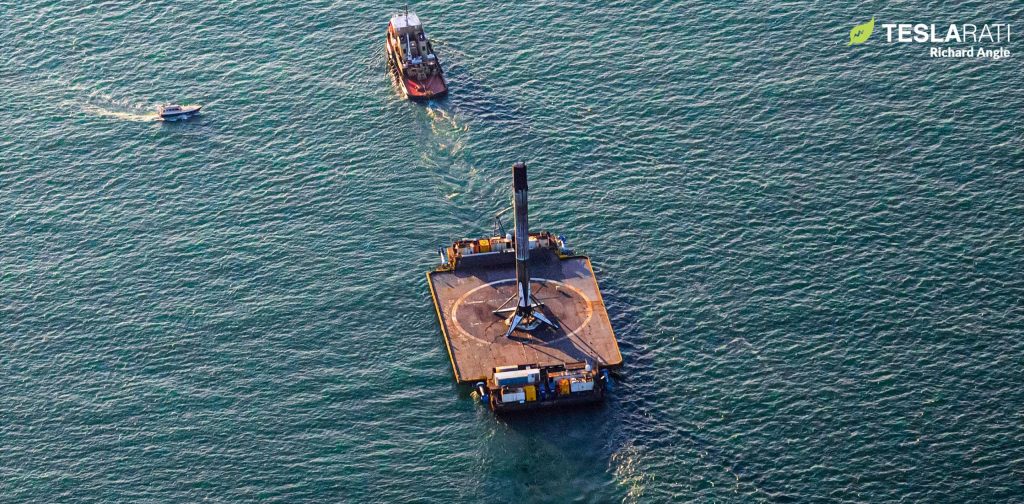
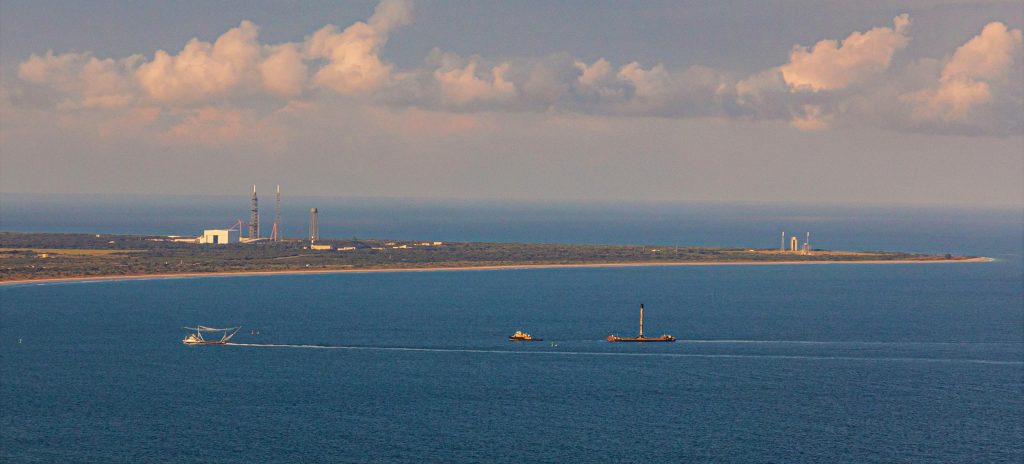
If SpaceX continues to follow its 2020 average of one Falcon 9 launch ever ~16.4 days, the company will likely end the year with 22 missions under its belt, narrowly beating the 21 launches it completed in 2018. If it follows its launch average – ~12.8 days per launch – from just the last four or so months, however, SpaceX could crush its record with some 24 or 25 launches this year. Given recent disruptions from reliably bad weather and a rare last-second launch abort, which trajectory SpaceX will follow over the next ~12 weeks is entirely up in the air.
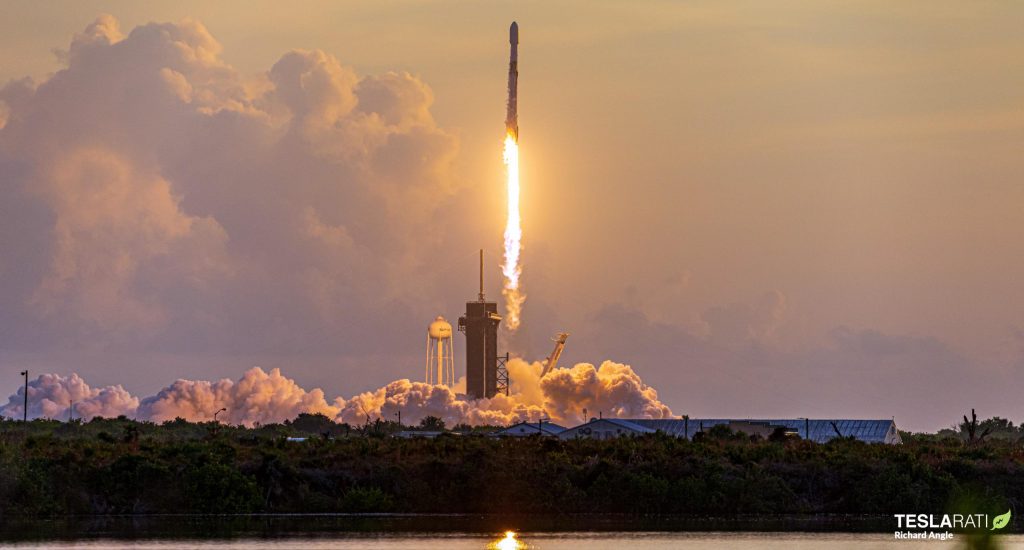
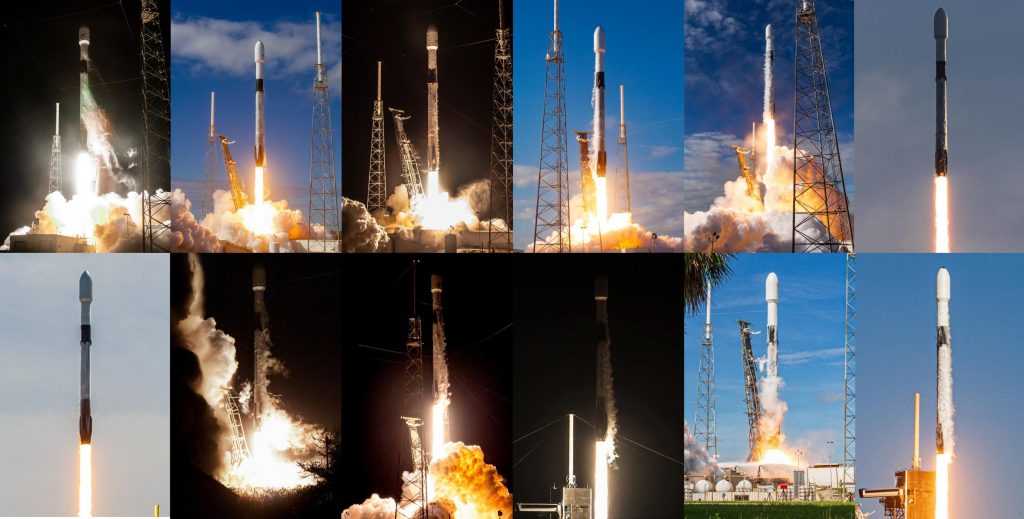
Regardless of the outcome, though, reusability will have played a foundational role to a degree thus far unprecedented. Barring a major surprise, SpaceX will end 2020 having launched just five new Falcon 9 boosters – three of which will likely launch within the last two months of the year.
For fairing recovery and reuse, 2020 has been an even more groundbreaking, seeing SpaceX (seemingly) begin to find steadier footing with increasingly consistent fairing catches. Impressively, in the measly 11 months since SpaceX first reused a Falcon fairing, nearly a third of all launches and almost half of all Starlink missions have flown with one or two flight-proven halves. Recently, Musk even revealed that SpaceX intends for fairings and boosters to be capable of at least 10 launches each, confirming that Starlink-12’s now thrice-flown fairing half is no fluke.
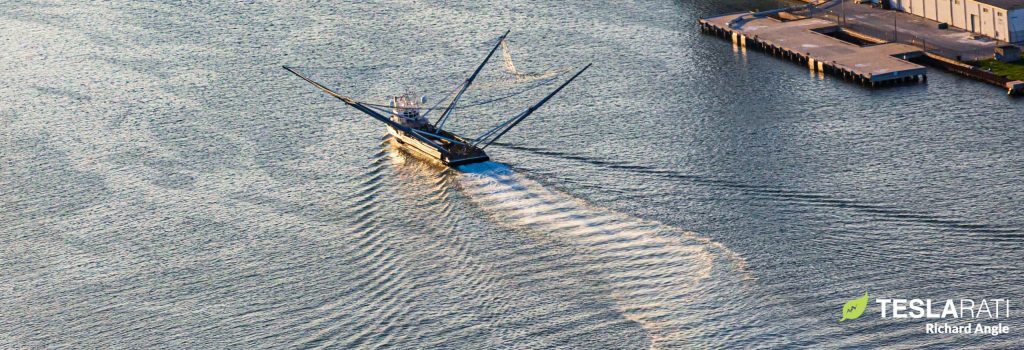
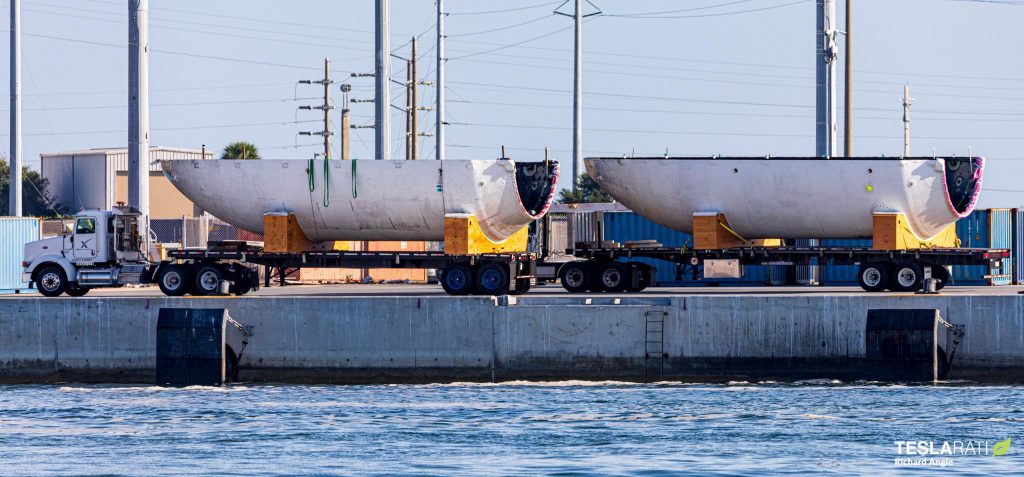
Drone ship Of Course I Still Love You’s (OCISLY) successful Starlink-12 booster recovery ended an agonizing three weeks of back and forth as SpaceX was tugged in a circle by ULA’s launch priority, technical difficulties, and stormy summer weather. Originally meant to recover Falcon 9 booster B1058 as early as mid-September, the launch slowly slipped its way to October 6th. Beginning in late-September, drone ship Just Read The Instructions (JRTI) joined the fray for its role in SpaceX’s GPS III SV04 launch for the US military, a launch that would also find itself delayed several times.
Two seconds before liftoff, new Falcon 9 booster B1062 automatically aborted its October 2nd launch attempt due to bad pressure readings in at least one of its nine Merlin 1D engines. SpaceX has since taken the rocket horizontal and is likely swapping multiple engines, possibly necessitating a second static fire test before the next attempt sometime later this month. That abort has also delayed SpaceX’s second NASA astronaut launch (Crew-1) from Halloween to mid-November to ensure no commonality.
SpaceX has an absolutely jam-packed fourth quarter ahead of it, ranging from GPS III SV04 and Crew-1 to a Sirius XM radio satellite, a Turkish communications satellite, and the joint NASA/ESA/CNES Sentinel 6A oceanography spacecraft. Stay tuned for updates and spectacular new photos from the Teslarati team.
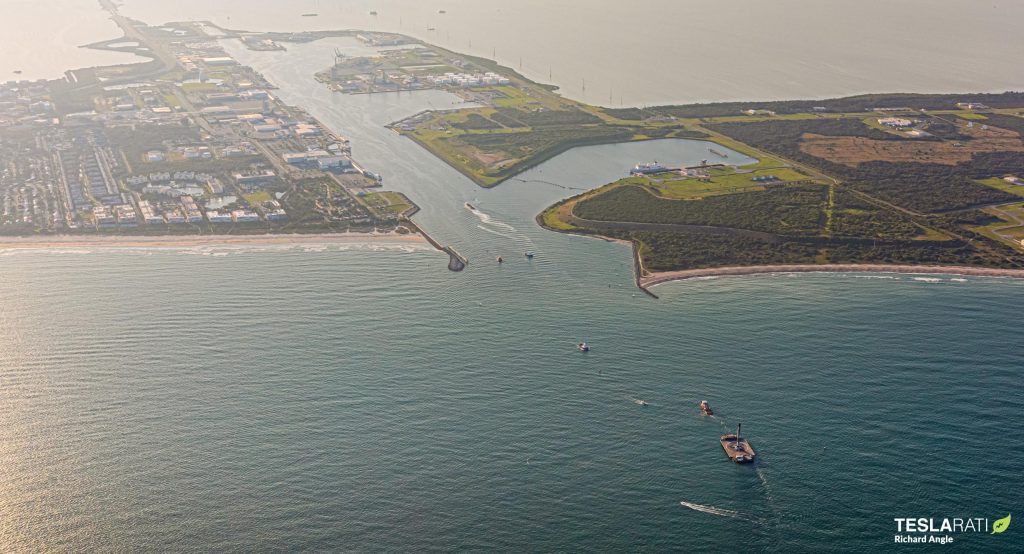
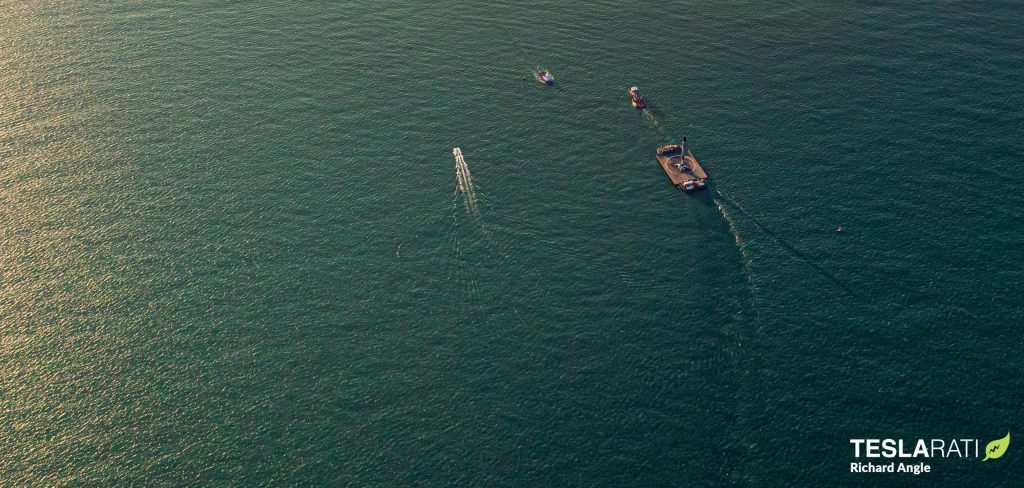
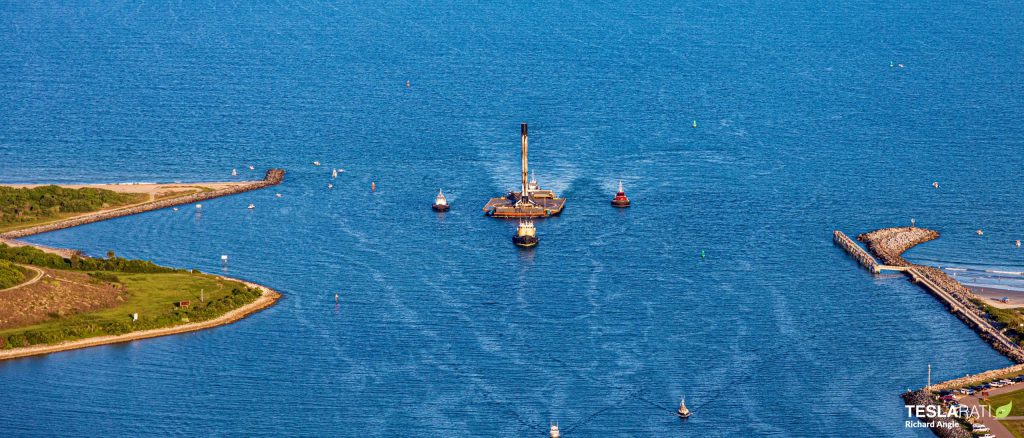
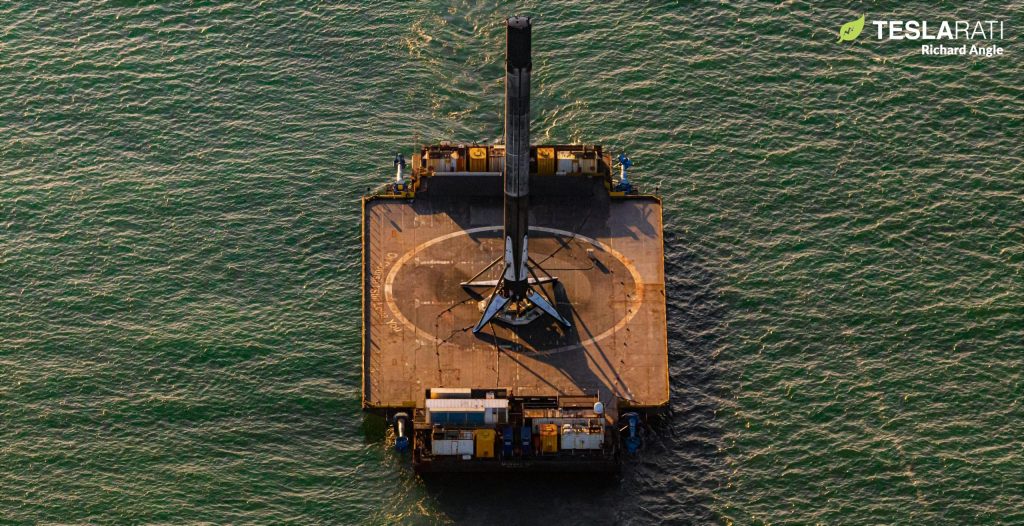
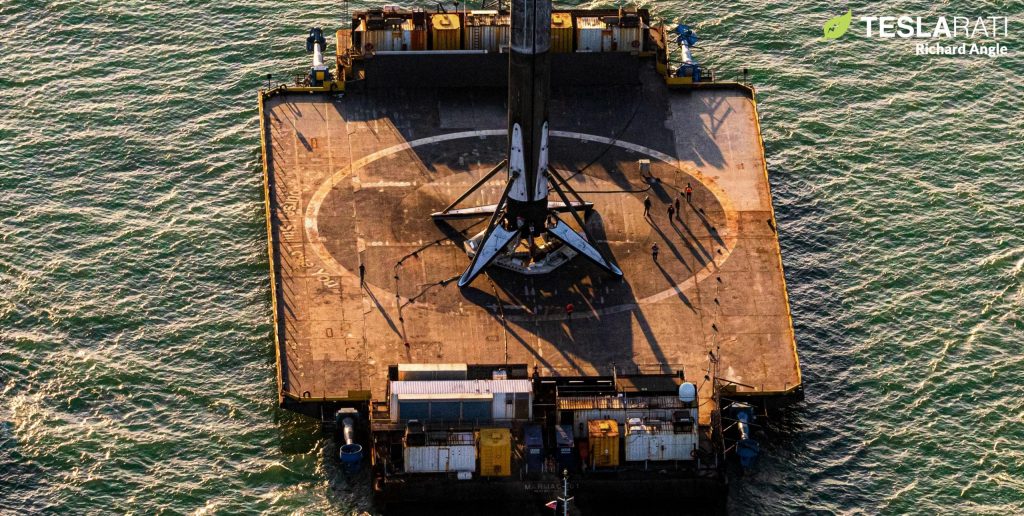


News
Tesla FSD fleet is nearing 7 billion total miles, including 2.5 billion city miles
As can be seen on Tesla’s official FSD webpage, vehicles equipped with the system have now navigated over 6.99 billion miles.

Tesla’s Full Self-Driving (Supervised) fleet is closing in on almost 7 billion total miles driven, as per data posted by the company on its official FSD webpage.
These figures hint at the massive scale of data fueling Tesla’s rapid FSD improvements, which have been quite notable as of late.
FSD mileage milestones
As can be seen on Tesla’s official FSD webpage, vehicles equipped with the system have now navigated over 6.99 billion miles. Tesla owner and avid FSD tester Whole Mars Catalog also shared a screenshot indicating that from the nearly 7 billion miles traveled by the FSD fleet, more than 2.5 billion miles were driven inside cities.
City miles are particularly valuable for complex urban scenarios like unprotected turns, pedestrian interactions, and traffic lights. This is also the difference-maker for FSD, as only complex solutions, such as Waymo’s self-driving taxis, operate similarly on inner-city streets. And even then, incidents such as the San Francisco blackouts have proven challenging for sensor-rich vehicles like Waymos.
Tesla’s data edge
Tesla has a number of advantages in the autonomous vehicle sector, one of which is the size of its fleet and the number of vehicles training FSD on real-world roads. Tesla’s nearly 7 billion FSD miles then allow the company to roll out updates that make its vehicles behave like they are being driven by experienced drivers, even if they are operating on their own.
So notable are Tesla’s improvements to FSD that NVIDIA Director of Robotics Jim Fan, after experiencing FSD v14, noted that the system is the first AI that passes what he described as a “Physical Turing Test.”
“Despite knowing exactly how robot learning works, I still find it magical watching the steering wheel turn by itself. First it feels surreal, next it becomes routine. Then, like the smartphone, taking it away actively hurts. This is how humanity gets rewired and glued to god-like technologies,” Fan wrote in a post on X.
News
Tesla starts showing how FSD will change lives in Europe
Local officials tested the system on narrow country roads and were impressed by FSD’s smooth, human-like driving, with some calling the service a game-changer for everyday life in areas that are far from urban centers.

Tesla has launched Europe’s first public shuttle service using Full Self-Driving (Supervised) in the rural Eifelkreis Bitburg-Prüm region of Germany, demonstrating how the technology can restore independence and mobility for people who struggle with limited transport options.
Local officials tested the system on narrow country roads and were impressed by FSD’s smooth, human-like driving, with some calling the service a game-changer for everyday life in areas that are far from urban centers.
Officials see real impact on rural residents
Arzfeld Mayor Johannes Kuhl and District Administrator Andreas Kruppert personally tested the Tesla shuttle service. This allowed them to see just how well FSD navigated winding lanes and rural roads confidently. Kruppert said, “Autonomous driving sounds like science fiction to many, but we simply see here that it works totally well in rural regions too.” Kuhl, for his part, also noted that FSD “feels like a very experienced driver.”
The pilot complements the area’s “Citizen Bus” program, which provides on-demand rides for elderly residents who can no longer drive themselves. Tesla Europe shared a video of a demonstration of the service, highlighting how FSD gives people their freedom back, even in places where public transport is not as prevalent.
What the Ministry for Economic Affairs and Transport says
Rhineland-Palatinate’s Minister Daniela Schmitt supported the project, praising the collaboration that made this “first of its kind in Europe” possible. As per the ministry, the rural rollout for the service shows FSD’s potential beyond major cities, and it delivers tangible benefits like grocery runs, doctor visits, and social connections for isolated residents.
“Reliable and flexible mobility is especially vital in rural areas. With the launch of a shuttle service using self-driving vehicles (FSD supervised) by Tesla in the Eifelkreis Bitburg-Prüm, an innovative pilot project is now getting underway that complements local community bus services. It is the first project of its kind in Europe.
“The result is a real gain for rural mobility: greater accessibility, more flexibility and tangible benefits for everyday life. A strong signal for innovation, cooperation and future-oriented mobility beyond urban centers,” the ministry wrote in a LinkedIn post.
News
Tesla China quietly posts Robotaxi-related job listing
Tesla China is currently seeking a Low Voltage Electrical Engineer to work on circuit board design for the company’s autonomous vehicles.

Tesla has posted a new job listing in Shanghai explicitly tied to its Robotaxi program, fueling speculation that the company is preparing to launch its dedicated autonomous ride-hailing service in China.
As noted in the listing, Tesla China is currently seeking a Low Voltage Electrical Engineer to work on circuit board design for the company’s autonomous vehicles.
Robotaxi-specific role
The listing, which was shared on social media platform X by industry watcher @tslaming, suggested that Tesla China is looking to fill the role urgently. The job listing itself specifically mentions that the person hired for the role will be working on the Low Voltage Hardware team, which would design the circuit boards that would serve as the nervous system of the Robotaxi.
Key tasks for the role, as indicated in the job listing, include collaboration with PCB layout, firmware, mechanical, program management, and validation teams, among other responsibilities. The role is based in Shanghai.
China Robotaxi launch
China represents a massive potential market for robotaxis, with its dense urban centers and supportive policies in select cities. Tesla has limited permission to roll out FSD in the country, though despite this, its vehicles have been hailed as among the best in the market when it comes to autonomous features. So far, at least, it appears that China supports Tesla’s FSD and Robotaxi rollout.
This was hinted at in November, when Tesla brought the Cybercab to the 8th China International Import Expo (CIIE) in Shanghai, marking the first time that the autonomous two-seater was brought to the Asia-Pacific region. The vehicle, despite not having a release date in China, received a significant amount of interest among the event’s attendees.








